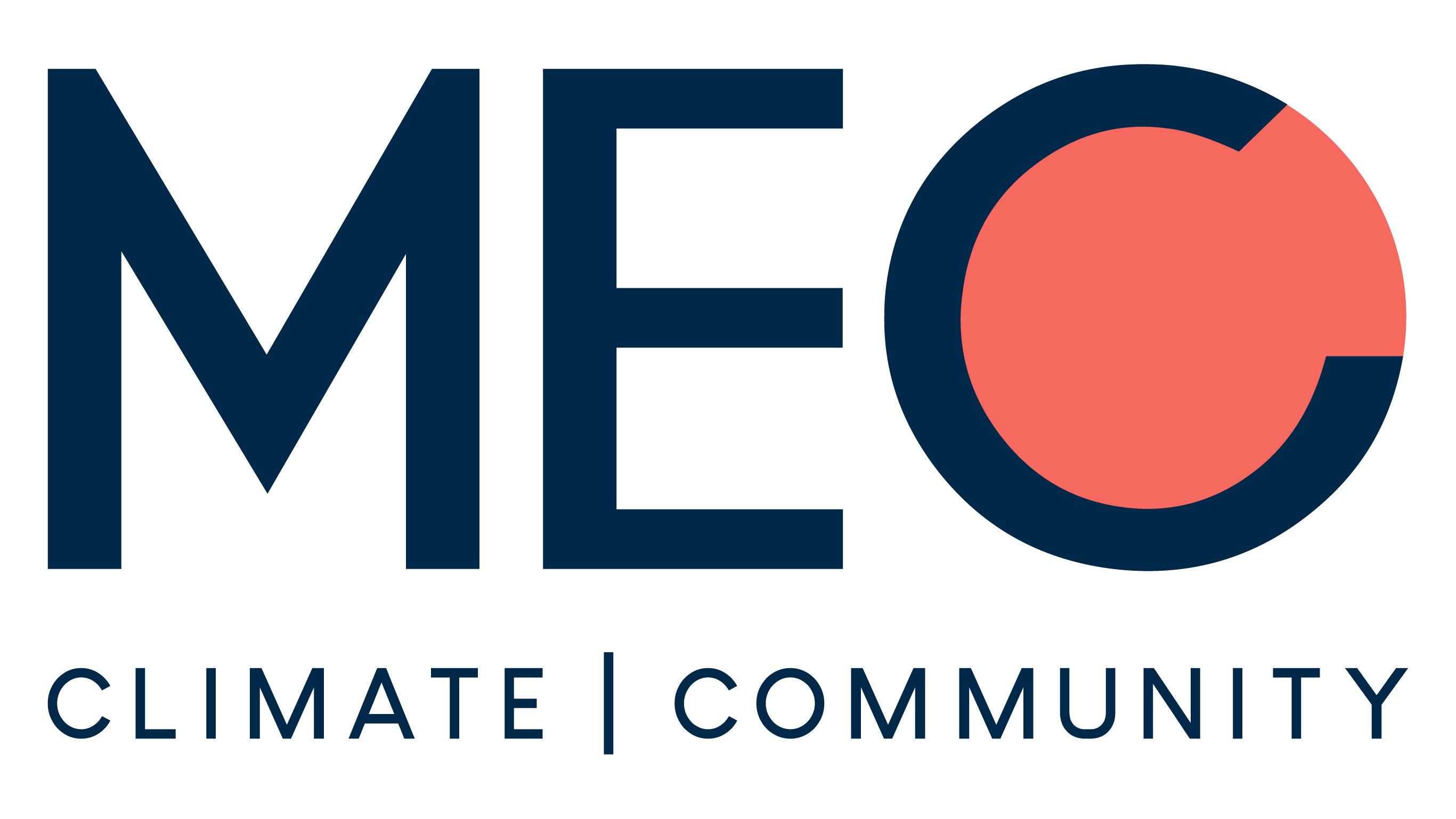Enhancing Project Integrity: MicroEnergy Credits’ Engagement with BeZero on Mongolia Program Rating
7th May 2024
As the voluntary carbon market landscape continues to evolve, the most important conversation continues to be around integrity, of carbon projects as well as carbon claims made by corporates. The emergence of rating agencies in the market is a welcome step towards enhancing the credibility of carbon programs and trust within the market. MicroEnergy Credits shares this vision of the rating agencies and is dedicated to upholding the highest standards of integrity and transparency in our carbon program, and our active collaboration with BeZero Carbon on the rating of our Mongolia program exemplifies this commitment.
Let’s delve deeper into the nuances and different aspects of BeZero’s rating process as it pertains to our Mongolia program, as understood through active engagement between MEC and BeZero:
- Pioneering Efforts Acknowledged: BeZero recognized our Mongolia program as being the first of its kind in an area where efficient heating furnace options were previously unavailable. This acknowledgment highlights the innovative nature of our program.
- High Ranking VPAs: BeZero noted that the VPAs in MEC’s Mongolia program rank impressively within the sector of household device projects. At the time of assessment[i], BeZero recognised that MEC Mongolia projects face a lesser risk of over-crediting than 80% of projects assessed in the household devices category and a lesser risk of non-permanence than 78% of household devices projects assessed. BeZero has stated that within all rated household devices projects, the MEC projects[ii], with their BB rating, sit at the higher end of the distribution.

Rating Distribution of Rated Household Devices Projects by BeZero
- Effective Risk Management: BeZero recognized our approach to managing over-crediting risks through seasonal Kitchen Performance Tests (KPTs), demonstrating our commitment to ensuring that our projects align with robust monitoring practices, in line with sector science. MEC carries out Kitchen Performance Tests in both dry and wet seasons to establish any difference in use. The conservative value between the wood used in any of these seasons is used for calculating the emission reductions.
- Transparent Additionality: MEC has provided comprehensive information on program additionality, publicly available on its website, addressing concerns and prompting updates to the rating brief. Our detailed investment analysis has been instrumental in resolving ambiguities and enhancing transparency.
- Ongoing Work by BeZero on the Vintage Split Model: Currently, BeZero does not follow a vintage split model, and evaluates projects across all vintages in one sweep.This means that a monitoring report from 2013is bringing down the rating of a vintage 2019 credit, even though there have been many monitoring reports in the interim that showed the issue had been resolved. There is a monitoring report from 2013 from the beginning of the program that showed that end users were loading the furnaces improperly. MEC solved the problem in the same year with an end-user campaign (made possible with the help of carbon finance). Subsequent auditsshowed good practices. BeZero has acknowledged this, although the rating does not reflect this improvement. BeZero's near-future plans to assess projects by vintage are expected to provide a more accurate representation of our program's evolution.
- Addressing Additionality Concerns: BeZero acknowledged that the MEC projects are not common practice and are indeed additional. However, BeZero did not give the project the highest rating for additionality because the project used a subsidy provided by government actors as a separate co-financing. BeZero alleges that the subsidy could have caused the efficient furnaces to later become common practice. BeZero acknowledged that co-financing is a common best practice in the development sector. Not allowing the subsidy would have meant less climate action, as at-risk communities need the added impetus of co-financing and subsidies to adopt new clean energy technologies. Moreover, subsidies for a project do not make the generated verified emission reductions from the project any less valuable. We hope that BeZero will adopt a different approach in the future to accepting cofinancing without decreasing a project rating.
- Commitment to Continuous Improvement: BeZero has acknowledged improvements observed in the second crediting period of our program, due to MEC's enhanced monitoring protocols.
At MEC, we remain steadfast in our commitment to rigorously upholding the integrity of our carbon programs. While the rating for our Mongolia project remains unchanged for now, engagement with BeZero and efforts to address the current rating are ongoing. The process has provided invaluable insights that will continue to inform our future endeavours. MEC is committed to actively considering, and where possible, following best practice developments in sector science, for instance, the Guidance for Developers by the Berkeley Carbon Trading Project to ensure the highest project implementation and assessment standards in all its programs.
[i] 9th August 2023
[ii] (except GS2688) which was given a lower rating because a single monitoring report out of several annual reports - the first monitoring report from 2012 - is no longer available, having been deleted by MEC’s carbon consultant.


















